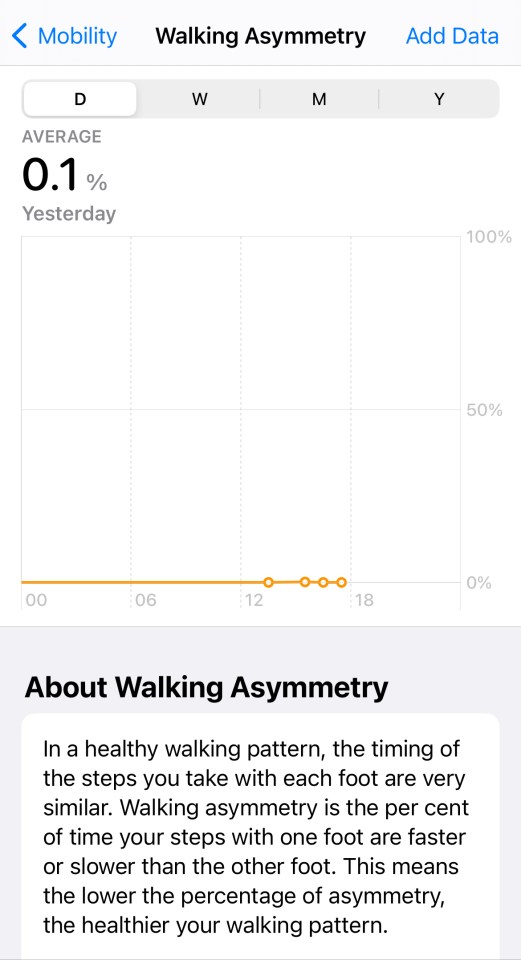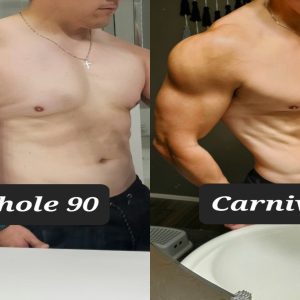Walk asymmetry, or gait asymmetry, refers to dissimilarities in kinematic, kinetic, or spatio-temporal parameters between the left and right lower limbs during locomotion. While a certain degree of natural variability exists, significant asymmetry can indicate underlying pathological conditions, biomechanical imbalances, or an increased risk of injury.
Common Causes
Asymmetry can arise from a multitude of factors, broadly categorized as:
- Structural Asymmetries: Such as leg length discrepancy, scoliosis, or unilateral joint deformities.
- Neurological Conditions: Including stroke, Parkinson's disease, multiple sclerosis, or peripheral neuropathy, which can affect motor control and sensation differently on each side.
- Musculoskeletal Injuries: Past or current injuries like ligament sprains, muscle strains, tendinopathies, or fractures, often leading to compensatory gait patterns.
- Pain: Antalgic gait, where an individual alters their walking pattern to minimize pain on one side, is a common cause of asymmetry.
- Prosthetics/Orthotics: The use of artificial limbs or assistive devices can inherently introduce asymmetries if not optimally fitted or if the user has not fully adapted.
- Habitual Factors: Long-term dominance or preferential use of one limb can sometimes contribute to subtle asymmetries.
Assessment Methods
The quantification of walk asymmetry involves various techniques:

- Spatio-temporal Parameters: Measurement of step length, stride length, stance time, swing time, double support time, and step width for each limb. Asymmetry indices are often calculated (e.g., (Right-Left)/Mean 100%).
- Kinematic Analysis: Using 3D motion capture systems to assess joint angles (hip, knee, ankle) and segmental movements throughout the gait cycle. Differences in range of motion, peak angles, or timing are key indicators.
- Kinetic Analysis: Employing force plates to measure ground reaction forces (GRFs) and pressure distribution. Asymmetries in vertical, anterior-posterior, or medio-lateral forces, as well as joint moments and powers, are analyzed.
- Electromyography (EMG): Assessing muscle activation patterns and timing differences between contralateral muscles.
- Wearable Sensors: Accelerometers and gyroscopes integrated into wearable devices offer portable solutions for assessing asymmetry in real-world environments, though often with less detail than lab-based systems.
Implications and Management
Persistent or significant walk asymmetry can have several implications:
- Reduced Walking Efficiency: Asymmetrical gait often requires greater energy expenditure.
- Increased Risk of Secondary Complications: Overloading of the sound limb or compensatory structures can lead to pain, osteoarthritis, or further injury.
- Functional Limitations: May impact balance, walking speed, and the ability to perform daily activities.
Management strategies are tailored to the underlying cause and may include physical therapy, targeted exercise programs to address strength or flexibility imbalances, orthotic interventions, gait retraining, or treatment of the primary medical condition.












